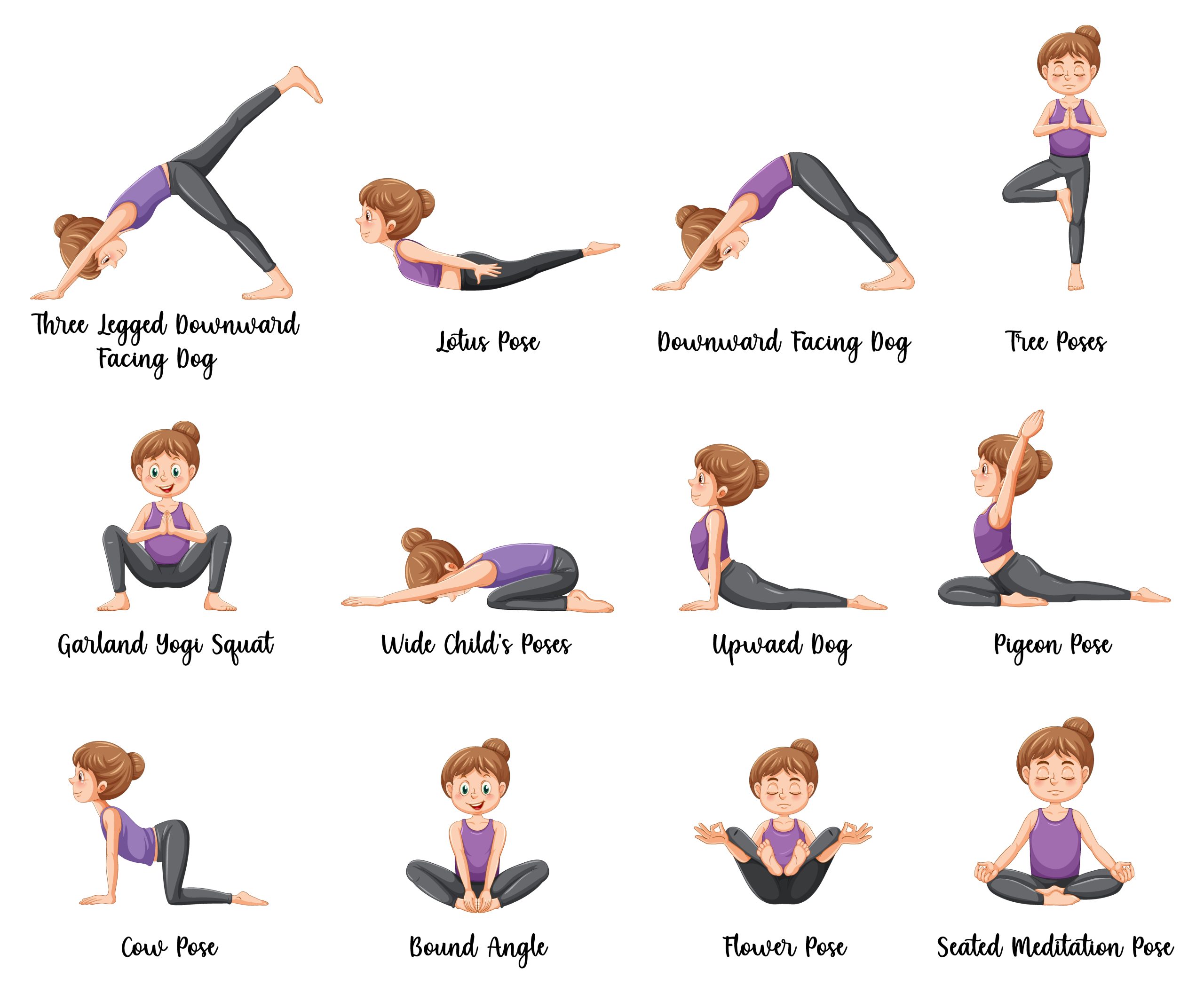Pregnancy is a transformative journey for any woman, both physically and emotionally. During this time, maintaining a healthy lifestyle becomes paramount, and yoga can be an excellent way to support your body and mind throughout the journey. Pregnancy yoga, also known as prenatal yoga, offers a myriad of benefits, including improved flexibility, reduced stress, and preparation for childbirth. In this comprehensive guide, we’ll explore various pregnancy yoga poses, their benefits, safety considerations, and answer common FAQs to help you navigate this special time with confidence.
Benefits of Pregnancy Yoga:
- Promotes Relaxation and Stress Reduction: Pregnancy can bring about a whirlwind of emotions and stress. Yoga, with its focus on breathing techniques and gentle movements, helps calm the mind and reduce stress levels, promoting overall relaxation.
- Improves Flexibility and Strength: As your body undergoes numerous changes during pregnancy, maintaining flexibility and strength is crucial. Pregnancy yoga incorporates gentle stretches and poses that target key muscle groups, helping to alleviate discomfort and improve overall strength.
- Enhances Body Awareness: Practicing yoga during pregnancy encourages a deeper connection with your body. Through mindful movement and breath awareness, you become more attuned to the changes occurring within, fostering a greater sense of body awareness.
- Prepares for Childbirth: Many yoga poses mimic labor positions, helping expectant mothers become familiar with various birthing postures. Additionally, practicing breathing techniques in yoga can be beneficial during labor, providing valuable tools for managing pain and promoting relaxation.
Pregnancy Yoga Poses:
- Cat-Cow Stretch (Marjaryasana-Bitilasana):
- This gentle flowing movement helps relieve tension in the spine and pelvis while promoting flexibility.
- Instructions: Start on your hands and knees, inhale as you arch your back (cow pose), and exhale as you round your spine (cat pose). Repeat for several breaths.
- Goddess Pose (Utkata Konasana):
- This pose strengthens the legs, opens the hips, and encourages a sense of grounding.
- Instructions: Stand with feet wide apart, toes turned out. Bend your knees and sink into a squat, keeping your spine tall and chest lifted.
- Supported Warrior II (Virabhadrasana II):
- Warrior II helps build strength and stamina while opening the hips and chest.
- Instructions: Stand with feet wide apart, extend arms out parallel to the floor. Bend your front knee, keeping it aligned with your ankle, while turning your back foot slightly inward.
- Child’s Pose (Balasana):
- A deeply restorative pose that gently stretches the back, hips, and thighs while promoting relaxation.
- Instructions: Kneel on the floor, then sit back on your heels and stretch your arms forward, lowering your chest toward the ground.
- Pelvic Floor Exercises:
- Strengthening the pelvic floor muscles is essential during pregnancy and childbirth.
- Instructions: Sit comfortably and engage your pelvic floor muscles by imagining you’re stopping the flow of urine. Hold for a few seconds, then release. Repeat several times.
Safety Considerations:
While yoga is generally safe during pregnancy, it’s essential to take certain precautions:
- Avoid deep twists and backbends that compress the abdomen.
- Listen to your body and modify poses as needed to accommodate your growing belly.
- Stay hydrated and avoid overheating by practicing in a well-ventilated space.
- Consult with your healthcare provider before starting any new exercise regimen, including prenatal yoga.
FAQs:
- Is it safe to practice yoga during all trimesters of pregnancy?
- In most cases, yes. However, it’s essential to listen to your body and modify poses as needed, especially as your pregnancy progresses.
- Can I attend regular yoga classes while pregnant?
- It’s generally recommended to attend prenatal yoga classes or inform your instructor about your pregnancy, so they can provide appropriate modifications.
- Are there any yoga poses to avoid during pregnancy?
- Deep twists, backbends, and poses that involve lying on your back for an extended period should be avoided.
- How often should I practice pregnancy yoga?
- Aim for 2-3 sessions per week, but listen to your body and adjust based on how you feel.
Conclusion:
Pregnancy yoga offers a multitude of benefits for expectant mothers, including improved flexibility, reduced stress, and preparation for childbirth. By incorporating gentle yoga poses into your routine and practicing mindfulness, you can support your body and mind throughout this transformative journey. Remember to prioritize safety, listen to your body, and consult with your healthcare provider before beginning any new exercise regimen. Embrace the journey, and enjoy the myriad benefits that pregnancy yoga has to offer.
External Link: Yoga Journal Yoga International










